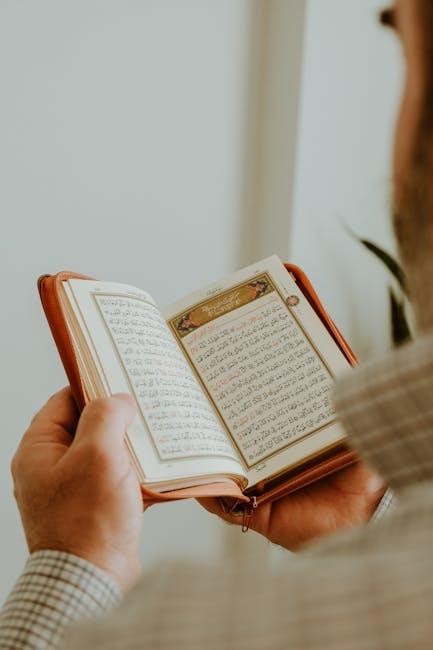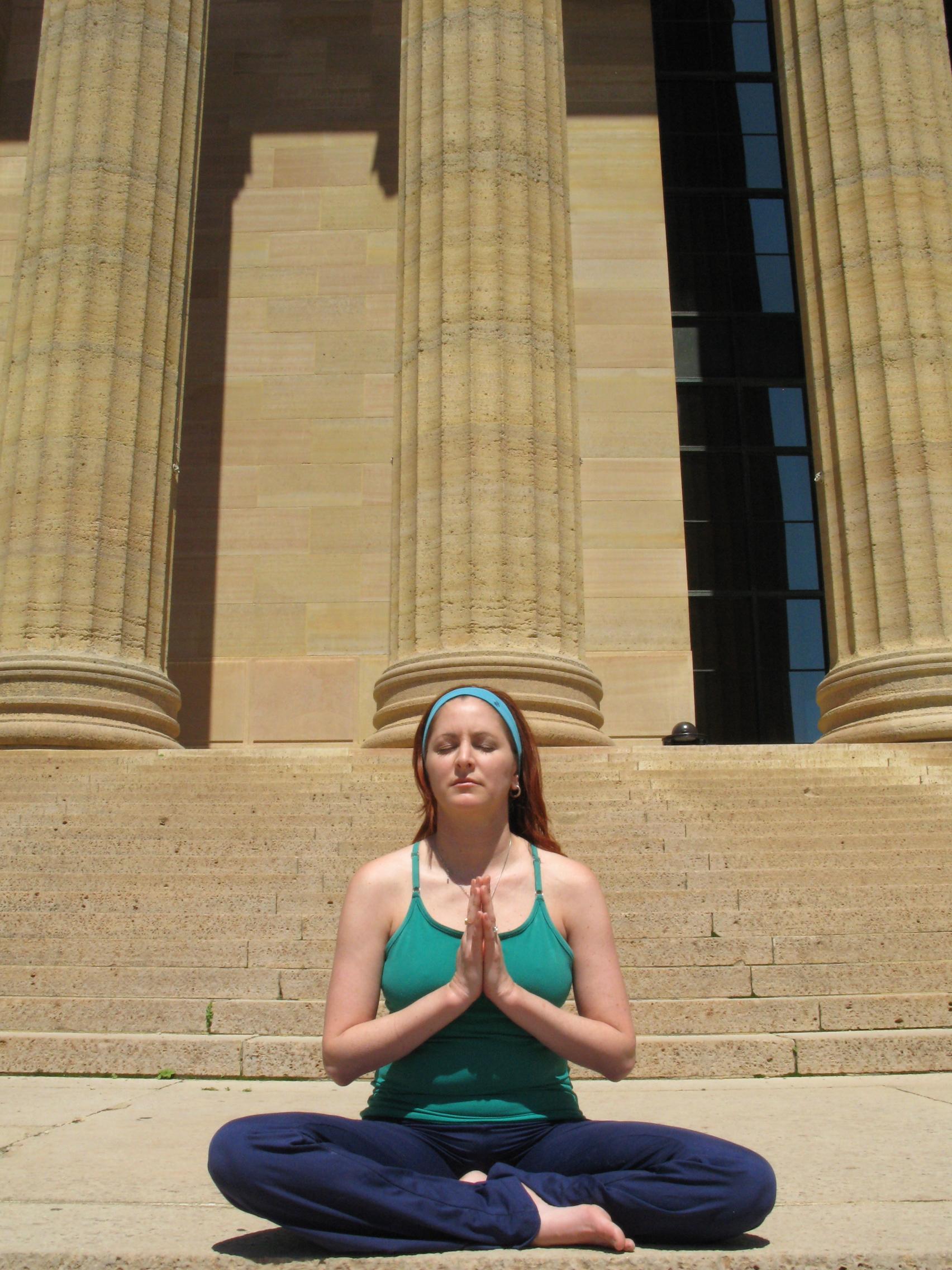In the quiet corners of ancient temples and the serene stillness of remote monasteries, meditation was once a sacred ritual, a journey inward to connect with the divine and unravel the mysteries of the soul. Today, however, this age-old practice has found its way into bustling urban centers, corporate wellness programs, and smartphone apps, often stripped of its spiritual garb and repurposed as a tool for stress relief and personal optimization. As meditation gains popularity in the modern world, a pressing question arises: has this transformative practice lost its spiritual essence over time? This article delves into the evolution of meditation, exploring its journey from sacred tradition to mainstream phenomenon, and examining whether its spiritual core remains intact in the midst of its widespread adaptation.
Meditation in Modern Culture Exploring the Shift from Spirituality to Secular Practice
In today’s fast-paced world, meditation has gracefully transitioned from an ancient spiritual practice to a widely accepted secular exercise. While traditionally rooted in the quest for enlightenment and spiritual awakening, it now finds a place in corporate offices, wellness apps, and even schools. This evolution reflects a broader cultural shift where the mystical elements of meditation are often set aside in favor of its scientifically-backed benefits, such as stress reduction and improved concentration.
However, this transformation raises intriguing questions about the essence of meditation. As it becomes mainstream, some practitioners worry that the depth of its spiritual origins is being overshadowed. Yet, this secular adaptation also opens doors to a broader audience, introducing mindfulness to those who might have been wary of its spiritual connotations. Key aspects of this shift include:
- Accessibility: The practice is more accessible than ever, with guided sessions available at the click of a button.
- Inclusivity: People from diverse backgrounds and beliefs can engage in meditation without religious affiliations.
- Scientific Validation: Research highlights its benefits, encouraging a more widespread adoption.
Ultimately, whether meditation has lost its spiritual meaning or merely evolved depends on one’s perspective. The beauty of meditation lies in its ability to adapt and cater to the individual needs of its practitioners, whether spiritual or secular.
The Role of Technology in Transforming Meditation Experiences
In recent years, the intersection of technology and meditation has opened up a plethora of opportunities to enhance and personalize meditation practices. Mobile apps, wearable devices, and virtual reality are among the innovations reshaping how individuals engage with meditation. These tools offer features such as guided sessions, progress tracking, and immersive environments, which can be particularly appealing to those new to meditation or seeking to deepen their practice. The convenience of having a meditation coach at your fingertips or the ability to measure your heart rate and stress levels in real-time introduces a new dimension to the traditional practice.
Yet, as meditation becomes more digitized, questions arise about its spiritual essence. Is the essence diluted by data and digital interfaces? Does the focus on technology detract from the introspective nature of meditation? For some, the answer is a resounding yes, as they believe that the integration of technology risks turning a deeply personal and spiritual experience into a commodified routine. Others argue that technology can serve as a bridge, making meditation more accessible and relatable to the modern world. The key may lie in how these tools are used: as enhancements rather than replacements for the core principles of mindfulness and self-awareness.

Reconnecting with the Roots Reviving the Spiritual Essence of Meditation
In the hustle and bustle of modern life, meditation often becomes a quick fix for stress rather than a journey towards spiritual enlightenment. Many people today practice meditation as a tool for relaxation, overlooking its profound roots in ancient spiritual traditions. Yet, by delving into its origins, we can unlock a deeper connection to the essence of meditation. Consider exploring these practices:
- Mindful Breathing: Focusing on the breath can serve as a bridge to the present moment, anchoring us to a state of inner peace and heightened awareness.
- Mantra Meditation: Repeating sacred sounds or phrases can elevate the practice from mere relaxation to a spiritual dialogue with the universe.
- Visualization: Envisioning spiritual symbols or deities can enhance one’s connection to the divine, nurturing the soul and fostering a sense of belonging.
By embracing these traditional elements, meditation can transcend its modern role and reclaim its spiritual heritage. This revival not only enriches personal practice but also contributes to a collective awakening, fostering a deeper sense of harmony and purpose in our lives.

Practical Steps to Infuse Spirituality Back into Your Meditation Routine
- Set an Intention: Begin each session by dedicating a moment to set a clear intention. Whether it’s seeking peace, clarity, or connection with a higher purpose, this intention acts as a guiding light throughout your practice.
- Incorporate Rituals: Introduce simple rituals such as lighting a candle or burning incense before meditating. These small acts can create a sacred space and signal your mind to transition into a spiritual mindset.
- Embrace Mindfulness: Focus on being fully present in each moment. Engage your senses and acknowledge the subtleties around you, allowing the essence of spirituality to seep into your practice.
- Connect with Nature: Whenever possible, meditate outdoors. Let the natural world remind you of your place within it, fostering a deeper spiritual connection through the sights and sounds of the earth.
- Practice Gratitude: Conclude your meditation by reflecting on things you are grateful for. This not only enhances the spiritual dimension of your practice but also encourages a positive outlook on life.
In Retrospect
As we draw our exploration to a close, we find ourselves at the crossroads of meditation’s ancient origins and its contemporary manifestations. This timeless practice, once a sacred bridge to the divine, now navigates the bustling avenues of modern life, often cloaked in the garb of wellness and productivity. Yet, amid this evolution, the essence of meditation remains an open invitation—a gentle call to pause, reflect, and journey inward.
Whether embraced as a spiritual quest or a tool for mental clarity, meditation’s transformative power continues to resonate across cultures and generations. It is a testament to the human spirit’s enduring quest for peace and understanding, reminding us that beneath the layers of change lies a profound simplicity—a stillness waiting to be discovered.
In this ever-shifting landscape, perhaps the true meaning of meditation lies not in the path chosen but in the presence it fosters. As we step away from this inquiry, let us carry with us the quiet assurance that meditation, in all its forms, holds the potential to reconnect us with the deeper rhythms of life, inviting us to listen to the whispers of our own hearts.
